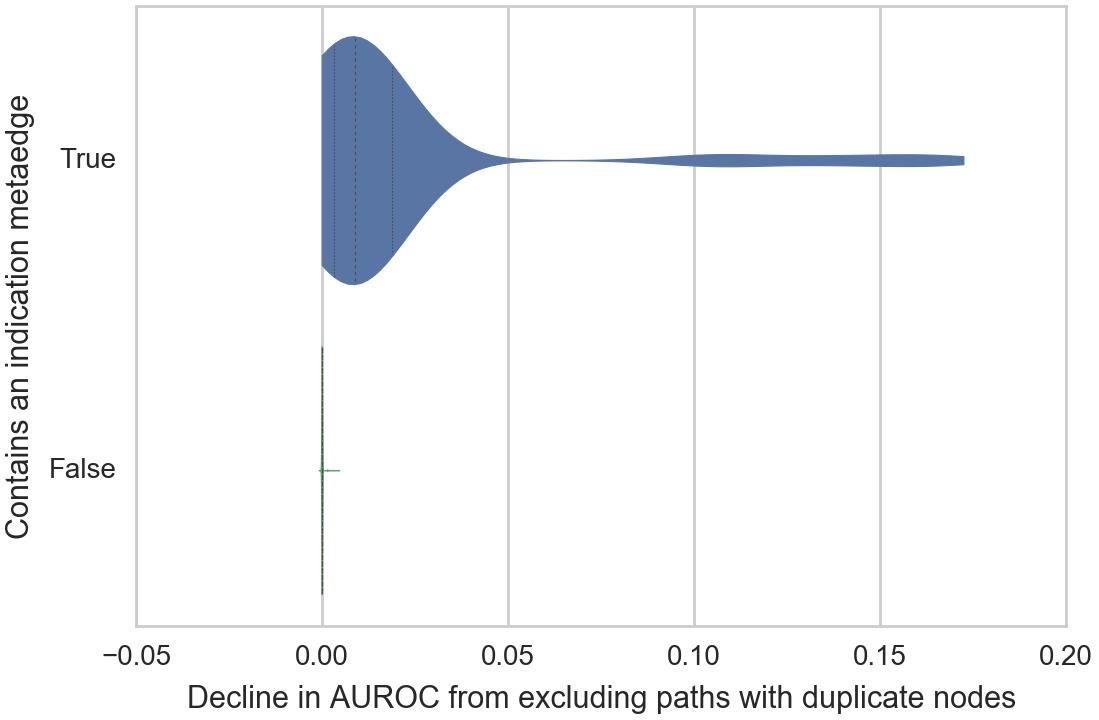
|
|
|
Status:
In Progress
Labels
HNEP
neo4j
Views
332
Topics
Referenced by
Cite this as
Daniel Himmelstein (2015) Path exclusion conditions. Thinklab. doi:10.15363/thinklab.d134
License
Share
|


